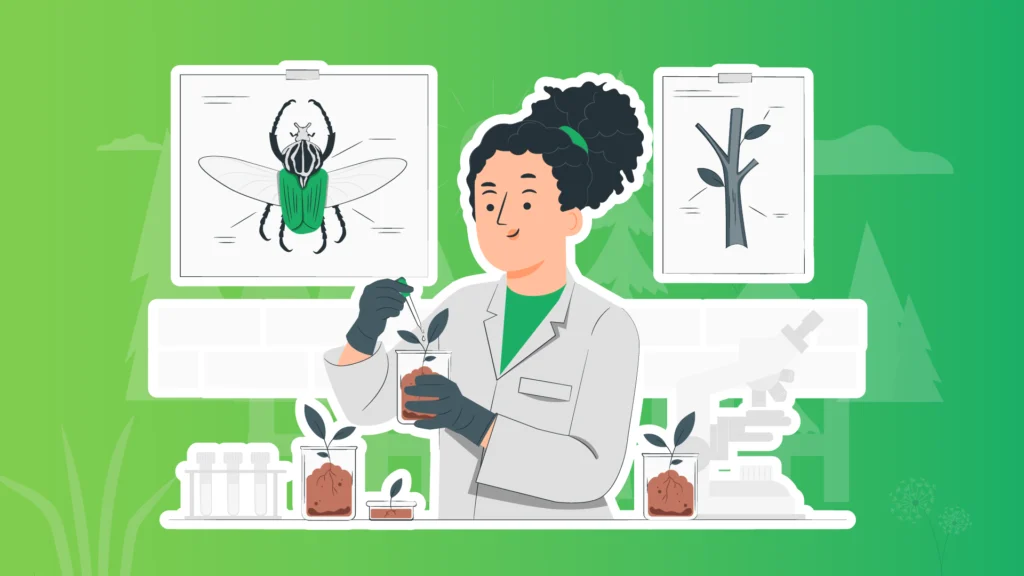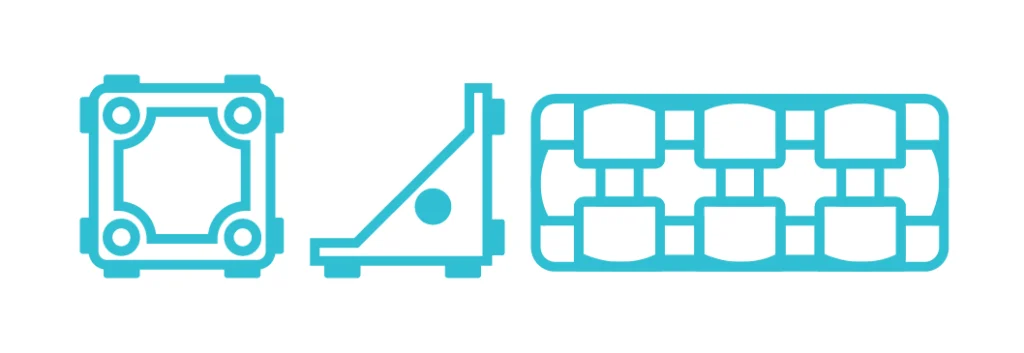Imagine you are developing a vertical farm. The Plant Scientists on your team have informed you that different plants have varying lighting requirements. Your farm must be designed to provide tailored lighting treatments for each type of plant.

Your task: Work in a group to design, build & code a prototype using the Climate Action Kit!
As you go through the steps below, you may wish to use our Design Journal Template to keep track of your work.

Step 1
Research some examples of lighting systems used in vertical farming.

Step 2
Plan what features your lighting system will have, considering insights from Plant Scientists. Decide what building blocks, sensors, smart components, and craft materials you will need for building.

Step 3
Build your prototype, then connect it to Microsoft MakeCode to add code.

Step 4
Test and debug until the device works.
SUCCESS CRITERIA
I can build a vertical farm prototype with the Climate Action Kit that:
- has at least two vertical stacks or shelves for unique plants
- is capable of delivering custom lighting treatment to each plant
- considers the appropriate colour and duration of light exposure
and uses at least:
- one LED ring
- one servo motor
Don’t feel limited by this. You can get creative and add more features if you would like!